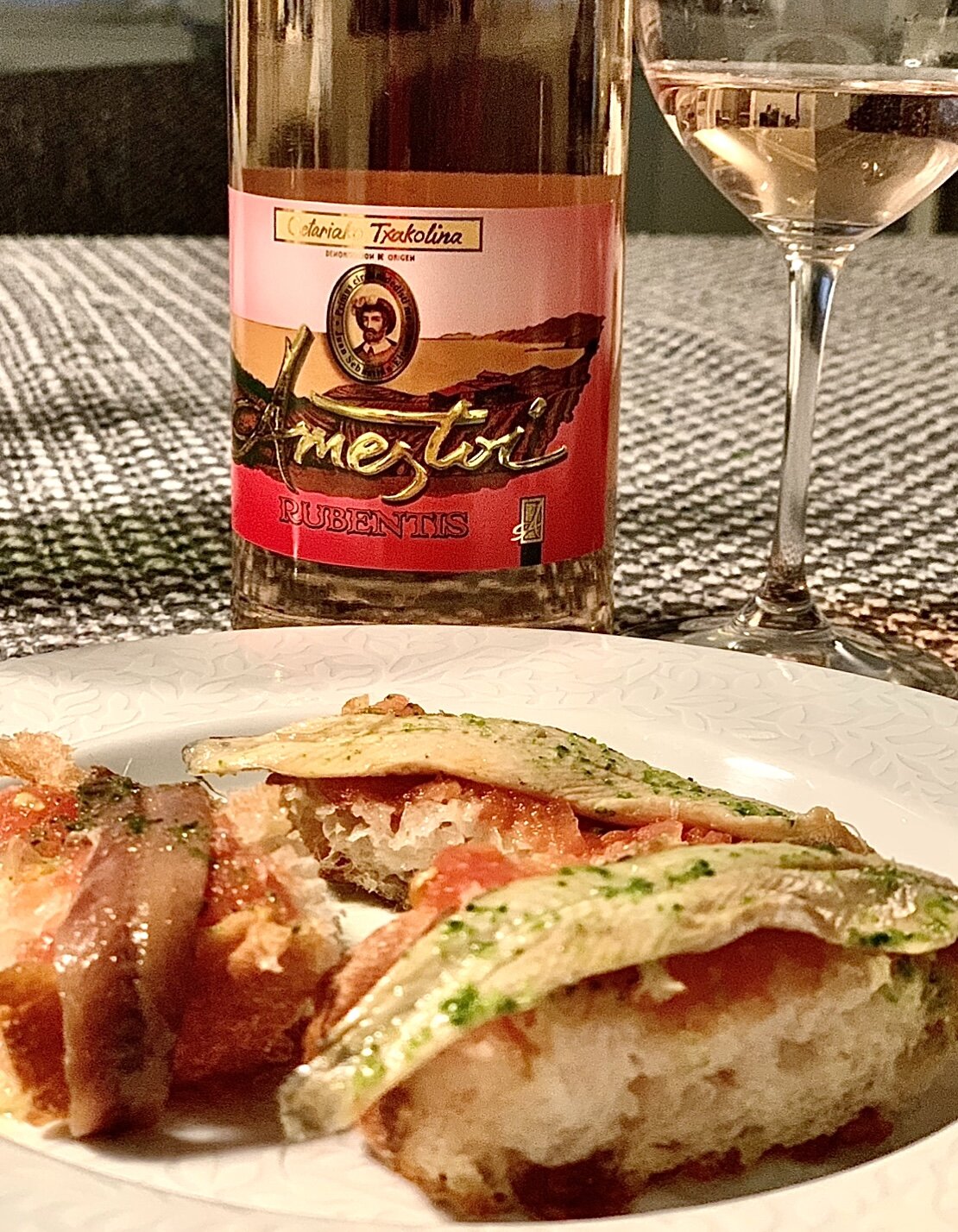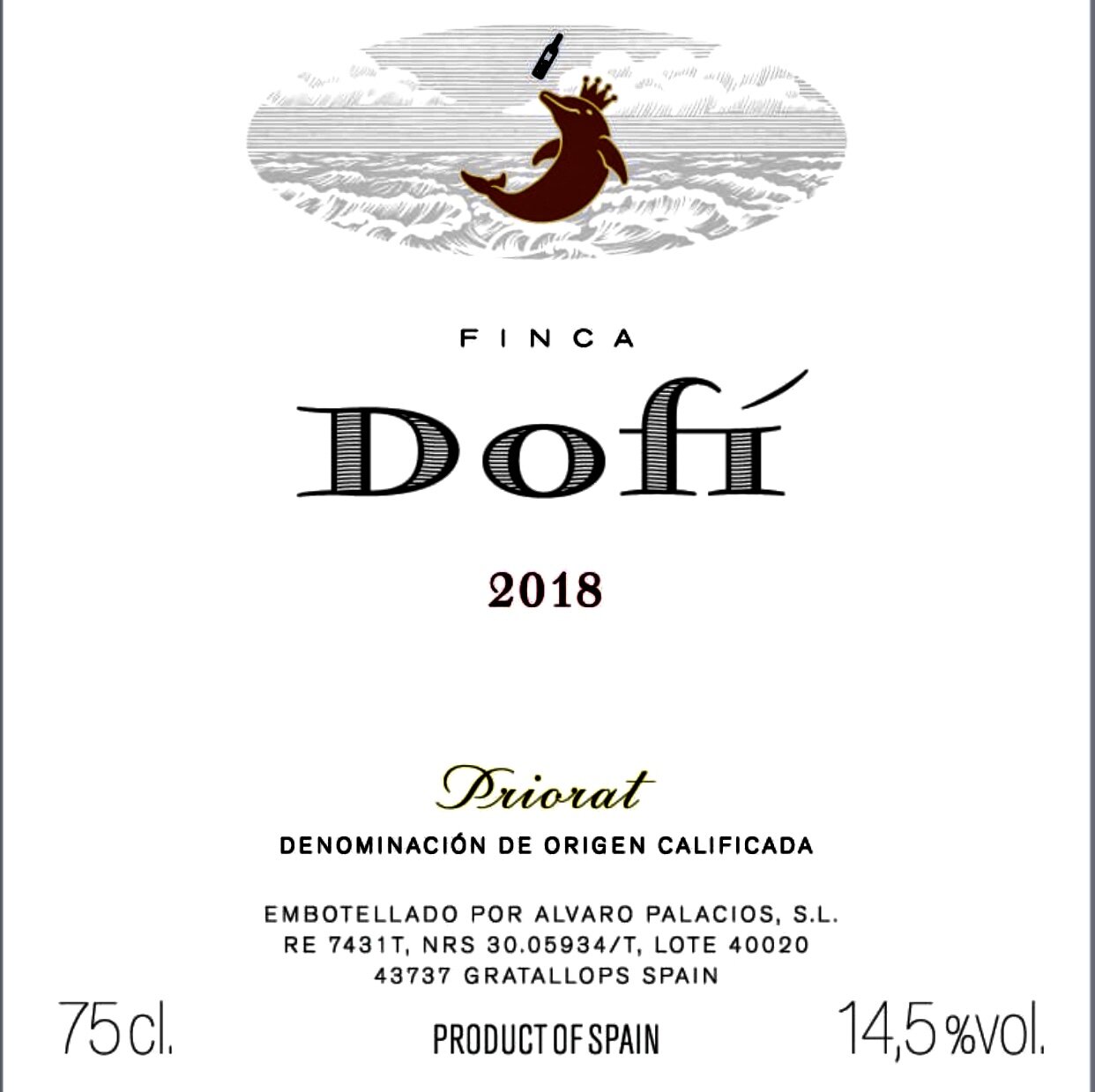Five Spanish Wine Producers Who Are Looking Ahead by Looking Behind
/When it comes to winemaking, Spain is one of the most forward-thinking countries. In addition to being the world’s leader in organic wine production, accounting for 27% of the world’s organic wines, it is also a country whose wine growers are increasingly promoting the country’s ‘traditional’ (aka native, indigenous or ancient) grape varieties, some of which had been on the verge of extinction.
The Fall and Rise of The Locals
Beginning in the late 19th century, in every winemaking region of the world, longtime local varieties began falling out of favor. Their undoing occurred, as Bryce Wiatrak says in GuildSomm.com, for a number of reasons, chiefly economic, but also due to phylloxera, wars, and even the appellation system.
The vines were ripped out and replaced with varieties that are easier to grow—those that produce higher yields and are better for the bottom line, usually French-originated grapes like Cabernet, Merlot and Chardonnay. Just how many ancient grape varieties were forever lost is hard to know, but most likely there were hundreds, even thousands.
Wiatrak says that the pendulum is now swinging back with many producers interested in reviving the wine heritage of their ancestors. “A new generation of winemakers and wine drinkers shows enthusiasm for new-old things—heritage styles, historic methods of production, and varieties outside of the French popular crowd.” he says.
In Spain, especially in winemaking areas that are less well-known, wine growers are taking a cue from their ancestors and investing in their land’s ancient grape varieties. These forward (and backward!)-thinking producers are also farming organically, without the use of synthetic chemicals, just as their forebears did.
Five Wineries That Promote Spain’s Traditional Grape Varieties
I recently participated in a virtual dinner hosted by Wines from Spain and moderated by Caleb Ganzer of La Compagnie des Vins Surnaturels, lower Manhattan’s chicest wine bar. A five course meal was paired with wine from five areas of Spain: the Canary Islands, Basque Country (Txakolina), Castila y Leon, Vinos de Madrid, and Priorat.
The event started off, as the best Spanish dinners do, with the country’s famous Iberico Ham, this one from 5J Iberico Ham. It continued with dishes from one of New York City’s hottest Spanish restaurants, Tomiño Taberna Gallega, found on the Lower East Side at 192 Grand Street.
The participating wineries are all actively reviving and/or promoting indigenous varieties that had at one time been commonly grown. I found the wines to be refreshing and interesting alternatives to the usual suspects found in all across the globe. Click on the link for each of the wines below to find out where to purchase them.
White Wine From the Canary Islands
Producer: Viñátigo
Wine: Marmajuelo 2019
Region: Tenerife, Canary Islands
Average Price: $28
Pairing: Tuna loin with heirloom tomato, garlic cream, and chilled tomato bread purée.
Juan Jesus Mendez, founder of Viñátigo winery, has spent his life recovering the wine-growing heritage of the Canary Islands. He has reintroduced other grapes as well: Gual, Vijariego, Tintilla, Baboso, Malvasia and more.
This white wine, made from 100% Marmajuelo, is fermented and aged on the lees in stainless steel and concrete tanks. Crisp, with notes of lemon and tropical fruits (pineapple and papaya), it has a richness in texture due to the lees aging. Full bodied, but with a refreshing tartness from the acidity.
Pink Wine from Spain’s Basque Country
Producer: Ametzoi
Wine: Rubentis Rosado 2020
Region: Getariako Txakolina, Basque Country
Varieties: Hondarrabi Zuri and Hondarrabi Beltza.
Average Price: $23
Pairing: Pan con tomate with anchovies, drizzled with Catalonian olive oil.
The iconic Ameztoi Rubentis rosé hails from the steep slopes overlooking Getaria, an ancient Basque fishing village. Made from the local hondarrabi zuri and hondarrabi beltza varieties (most of them ripped out by local wineries in the 2000s), they were preserved by the Ameztoi family. Some of the family’s vines even date back to the 1840s.
Lucky for us! This rosé, the region’s first pink wine, is one of exceptional vibrancy. Delicate, with a slightly effervescent character, the wine reminds me of freshly-picked strawberries and raspberries. Refreshing and bright, with a distinct salinity, it pairs well with all kinds of summer salads and fresh seafood.
Big Juicy Red from Bierzo
Producer: Raul Perez
Wine: La Vizcaína ‘Las Gundiñas’ 2018
Region: Castilla y Leon
Varieties: Mencia-based blend with Trousseau and Alicante Bouchet.
Average Price: $40
Pairing: Octopus with olive oil, sea salt and sweet paprika.
La Vizcaína, from a single vineyard site, is a big red wine from famed winemaker Raúl Pérez, who uses local grapes to make a wine with strong tannins that are superbly balanced by fresh acidity. Meaty and juicy with a touch of barnyard aromas, the wine was delicious with octopus, but would also go well with grilled meats.
Groovy Garnacha
Producer: Las Moradas de San Martín
Wine: La Sabina 2011
Variety: Garnacha
Region: Vinos de Madrid (Wines of Madrid)
SRP: $17
Pairing: Grilled wild mushrooms, fresh grapes, goat-cheese honey mousse.
Las Moradas de San Martín winery, founded in 1999, has been instrumental in the recovery of ancient Garnacha vines (known as Grenache in other parts of the world), as well as an indigenous Madrid grape, Albillo Real, two varieties that have been cultivated in the area since the 12th century.
Organically farmed, the La Sabina 2011 is a single vineyard Garnacha with wonderfully fragrant wild berry aromas. A heavy hitter, the wine comes in at 15% ABV, yet the wine’s power and rusticity (typical of Garnacha) are tamed by a perfect amount of acidity.
Polished Priorat
Winery: Alvaro Palacios
Wine: Finca Dofi 2018
Variety: Garnacha
Region: Priorat
Average Price: $88
Pairing: Wood coal grilled lamb chops, au jus, with a purée of Galician chestnuts.
Celebrated winemaker Alvaro Palacios is credited with being one of a small group of pioneers to rekindle the remote and wildly beautiful Priorat area of Catalonia.
Finca Dofi is Palacios’s original vineyard and the 2018 is a wine that combines power and finesse in its expressive, nuanced aromatics. This wine, along with two others, Les Terrasses and L’Ermita, consistently receive rave reviews. Light on its feet, yet with an inherent richness in texture, Finca Dofi was excellent with lamb chops and would also be superb with barbecue. The winery is organic and biodynamic.










